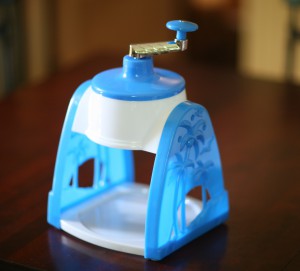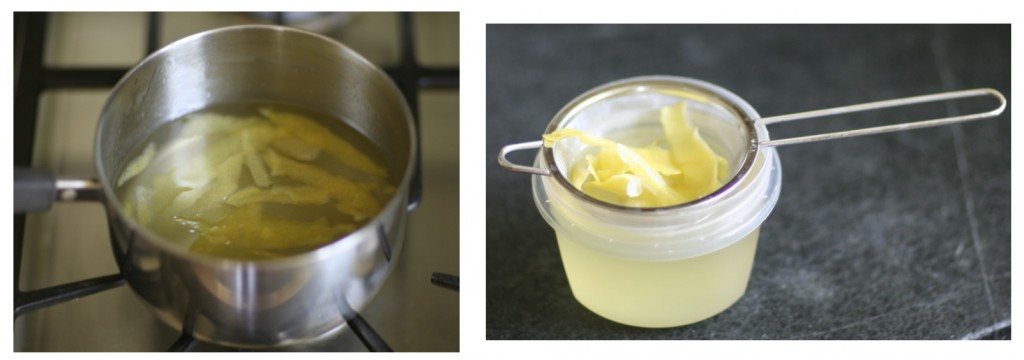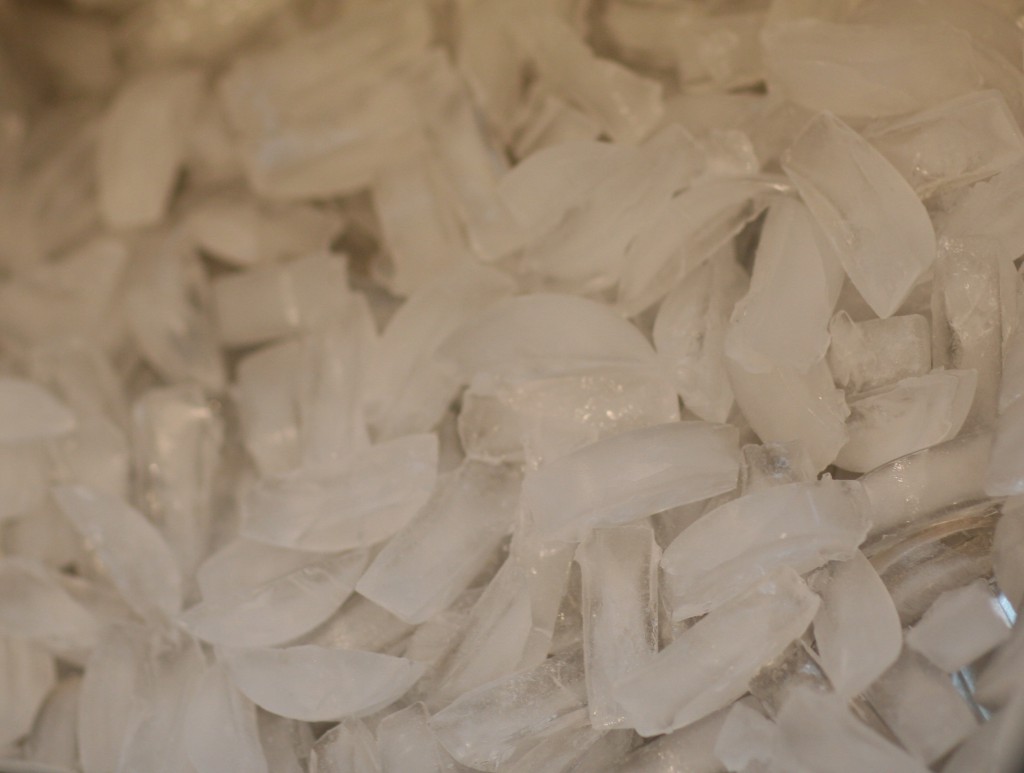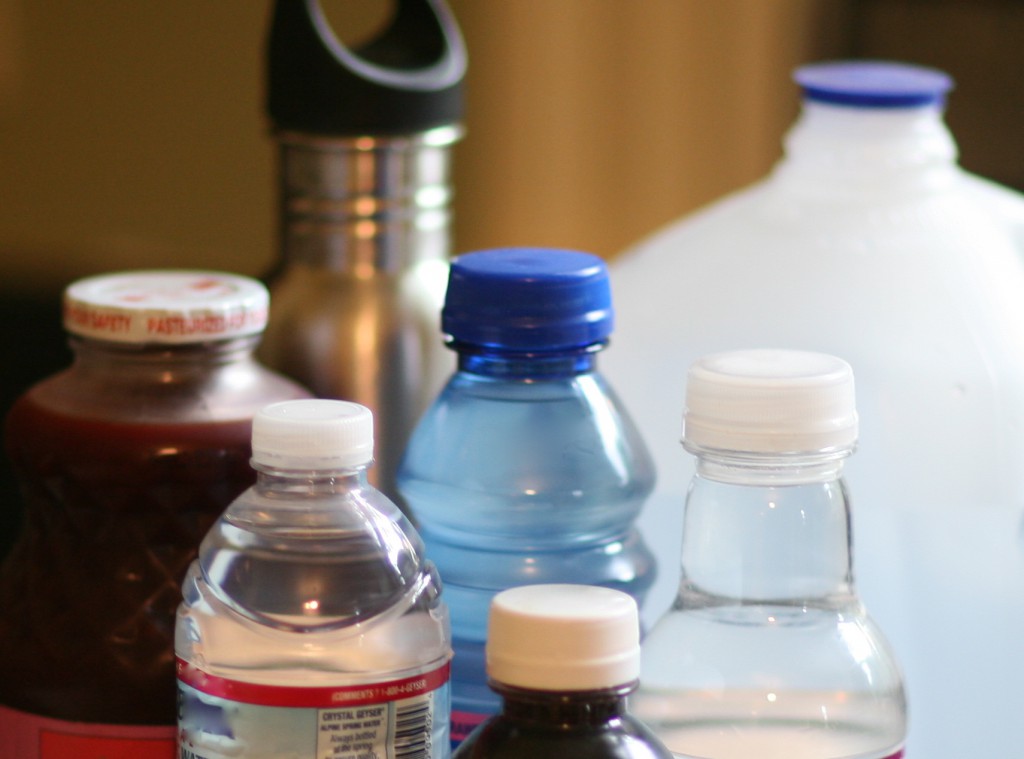Summer’s here and the temperature is rising! Yesterday in the Boston area the temperature was up to about 97 degrees and today will be much of the same. Last week I was talking about ways to beat the heat when exercising in weather like this so I have had to opportunity to try out some of the strategies I talked about.
This morning I was up at the crack of dawn and out by 5:00 am to get get a run in with some friends. It was already 77 degrees when I left the house and since the Sumer Solstice was yesterday, it was light out too. It felt like the middle of the day except for the fact that not too many other people were out. When I got home I knew this would be the perfect day to break out my new toy.

I bought this snow cone maker so that I could make some icy slurries for myself. I’m hoping that drinking down a slurry on hot days like this before exercise will help me make it through workouts with less discomfort. As soon as I took it out of the box my husband and three boys yelled “snow cones!” It hadn’t even occurred to me to use it for its intended purpose when I bought it, but on a day like this that’s exactly what I did! When I started to look for a syrup recipe, I was dismayed that almost every single one called for sugar, water and Kool-Aid mix. Since I would rather make something without a powdered mix, I decided to make a lemon simple syrup which would be both delicious and easy.
To make the syrup, mix 1 cup sugar and 1 cup of water in a saucepan. Boil until the sugar is dissolved. Turn off the heat and add the zest of one lemon (I peeled large strips off with a peeler), and also the juice of the lemon whichI squeezed it into a small strainer so that pulp and seeds wouldn’t drop in. Allow the syrup to steep while it cools, once it cooled off a little I put it in the refrigerator for a couple of hours. When you have let it cool completely, you can save it in a sealed jar in the refrigerator, either strain it before storing, or as you use it.

Lemon syrup as it steeps and being strained for use.
Once you have your lemon syrup ready, it’s time to make the shaved ice. There are plenty of fancy electric shaved ice machines out there, but the machine I got is really low tech and easy to use. It comes with some forms so you can freeze just the right size and shape of ice to fit in the machine. My kids had fun cranking out the ice and we got five snow cones out of one ice block. I then drizzled about three big spoonfuls of syrup over the shaved ice and stirred it around a little. A very refreshing treat on such a hot hot day!

Tomorrow’s weather is supposed to be more of the same. I’m planning to make an ice slurry by blending pineapple, banana, dates, and coconut milk, then pouring that over a large amount of shaved ice. I’ll drink about half before my workout and sip the rest during it so that I can keep cool. By using real fruit to make my beverage I’ll get not only the energy I’ll need from carbohydrates, but I’ll also be getting much needed electrolytes, vitamins, and minerals – plus it will taste delicious!



